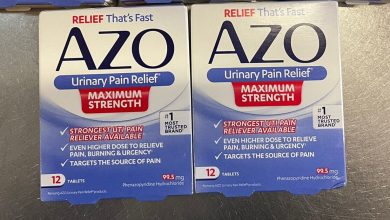What Can I Take For A Headache While Pregnant?

Headache is a common discomfort during pregnancy. A medical review reports that 39 percent of pregnant and postpartum women have headaches. So if you’re pregnant and having headaches, you’re not alone.
Though during pregnancy you may have a different kind of headache than you usually do, most headaches during pregnancy aren’t harmful. Headache pain during the first trimester of pregnancy may happen for different reasons than headaches in the second or third trimester. In some cases, headache pain may be a sign of other health problems during pregnancy.
Headaches in women can often be triggered by a change in hormones during pregnancy. Expectant mothers may experience an increase or decrease in the number of headaches. Unexplained, frequent headaches later in your pregnancy could be a sign of a more serious condition called pre-eclampsia, so tell your doctor if this is the case.
Causes of headache during pregnancy
Many women experience headaches during pregnancy, especially in the first and third trimesters. If you’re pregnant, you may notice an increase in the number of headaches you have at around week 9 of your pregnancy.
As well as hormonal changes, headaches in the early stages of pregnancy can be caused by an increase in the volume of blood your body is producing.
Other causes of headaches during pregnancy can include:
• not getting enough sleep
• withdrawal from caffeine (e.g. in coffee, tea or cola drinks)
• low blood sugar
• dehydration
• feeling stressed
• poor posture, particularly as your baby gets bigger
• having depression or anxiety
What You Can Take For A Headache While Pregnant
According to Healthline, you should talk to your doctor before taking your regular headache pain medication during pregnancy. Don’t take aspirin and ibuprofen (Advil, Motrin, etc.). The CDC warns that these pain relief drugs can be harmful to your growing baby, especially if taken during the first trimester. Many women may take acetaminophen (Tylenol) during pregnancy. However, some studies suggest there may be effects from taking acetaminophen as well.
Your doctor can recommend alternative medications to treat headaches during pregnancy and natural headache remedies, such as:
- drinking plenty of water
- rest
- ice pack
- heating pad
- massage
- exercise and stretching
- essential oils, such as peppermint, rosemary, and chamomile
Pregnant women who experience migraine should avoid things that may trigger their migraine. This may include:
• chocolate
• yogurt
• peanuts
• bread
• sour cream
• preserved meats
• aged cheese
• monosodium glutamate (MSG)
• caffeine (withdrawal from)
• bright or flickering lights
• strong smells
• loud sounds
• computer or movie screens
• sudden or excessive exercise
• emotional triggers such as arguments or stress
If you do take medicine for your headache or migraine you should check with your doctor, pharmacist, or midwife first. Paracetamol, with or without codeine, is generally considered safe for pregnant women to use but you should avoid using other pain medications such as aspirin or ibuprofen.





